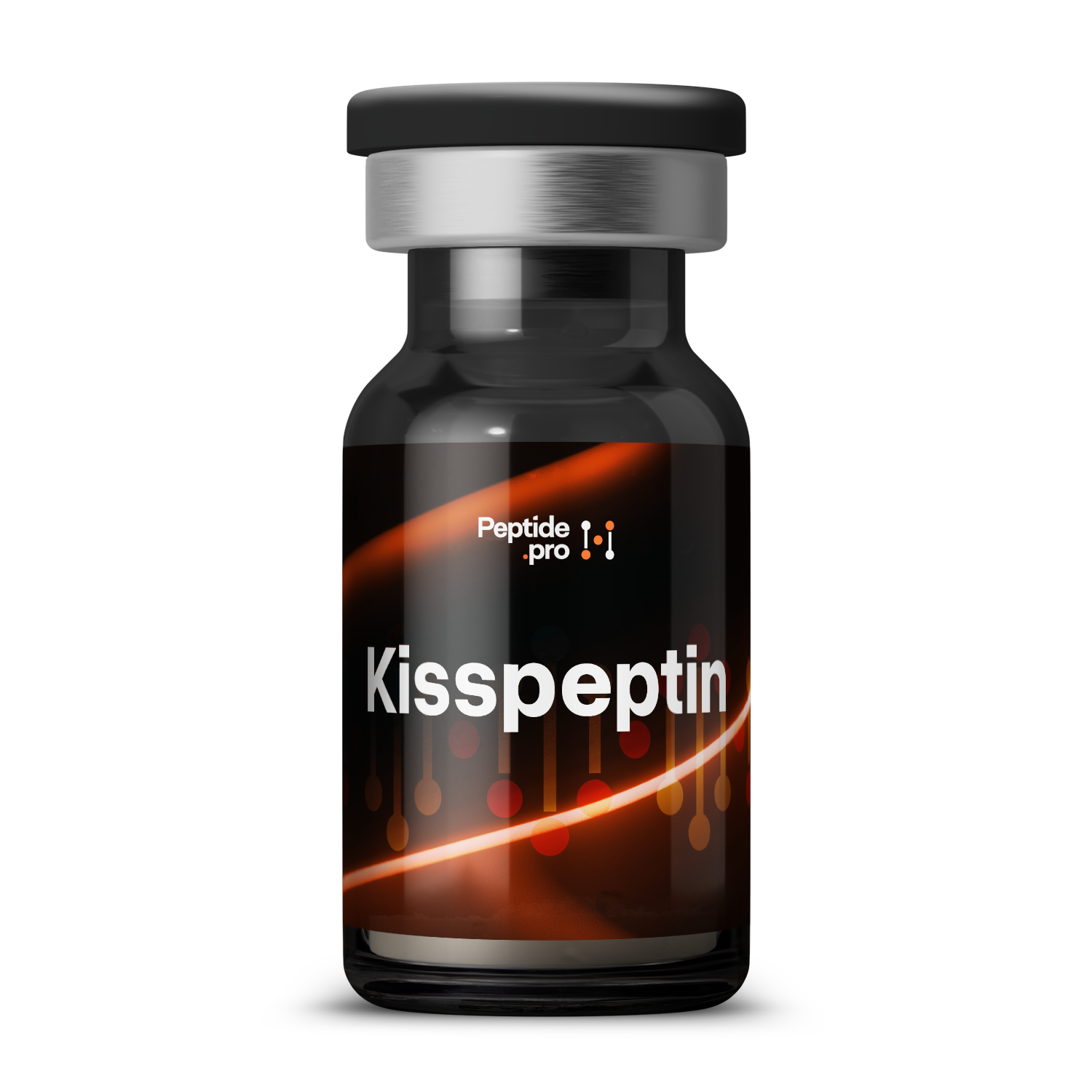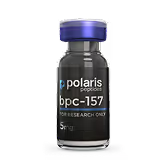Compound Overview
About the product
Kisspeptins include several isoforms—most notably Kisspeptin-54, Kisspeptin-14, and Kisspeptin-10—each sharing a common RF-amide motif at the C-terminus. They are synthesized by solid-phase peptide synthesis and carry no non-natural amino acids. Research-grade material is purified by high-performance liquid chromatography to ≥95 % purity. Mass spectrometry confirms correct sequence and molecular weight.
Kisspeptin binds to the GPR54 receptor (also called Kiss1R) on gonadotropin-releasing hormone (GnRH) neurons in the hypothalamus, triggering GnRH release. GnRH then stimulates the pituitary gland to secrete luteinizing hormone (LH) and follicle-stimulating hormone (FSH). This cascade ultimately drives sex-steroid production by the gonads. In plain terms, kisspeptin turns on the body’s reproductive-hormone switch.
The peptide is studied primarily for its ability to stimulate reproductive-hormone secretion and support fertility treatments. In human trials, kisspeptin administration safely increased LH and FSH levels in healthy volunteers and women undergoing in vitro fertilization (IVF). Early research also explores its potential to suppress tumor cell migration in certain cancers. Ongoing studies aim to refine dosing and assess long-term outcomes.
Reported adverse effects are generally mild and transient, most commonly flushing, headache, or injection-site discomfort. No serious safety signals have emerged in short-term human studies. Data on use during pregnancy, lactation, and long-term administration are not available. Recommended monitoring includes vital signs and hormone panels during investigational use.
Kisspeptin peptides are produced by Fmoc solid-phase peptide synthesis, adding each amino acid sequentially on a resin support. After cleavage, they are purified by preparative HPLC to ≥95 % purity. Mass spectrometry and amino-acid analysis confirm sequence integrity and purity. Production follows research-grade peptide compounding standards.
Kisspeptin is classified for research use only and lacks approval by the U.S. FDA, EMA, or other major regulatory agencies. It cannot be prescribed or sold as a therapeutic. Investigators obtain it under investigational-new-drug (IND) or equivalent frameworks. No commercial formulations are available outside clinical trials.
Human studies have administered Kisspeptin-54 at 6.4 µg/kg via subcutaneous or intravenous bolus, with dosing intervals ranging from hourly to daily. Alternative protocols use continuous infusions or higher bolus doses for in vitro fertilization triggers. No standardized dosing guidelines exist outside approved research protocols. All administration should adhere to institutional review–board–approved designs.
- Do use only within IRB-approved clinical or research protocols.
- Do monitor LH, FSH, and sex-steroid levels during treatment.
- Don’t combine with other hormone-stimulating agents off-protocol.
- Don’t use in pregnancy, lactation, or active malignancy.
- Q: Can kisspeptin trigger ovulation?
- A: Yes; in IVF studies, kisspeptin bolus has been used to induce an ovulatory LH surge.
- Q: Does it affect appetite or mood?
- A: No significant effects on appetite or mood have been reported in short-term trials.
- Q: Is there a risk of hormone overstimulation?
- A: At studied doses, hormone rises are controlled and reversible; monitoring mitigates risk.
For research use only. Not approved for medical use.


